Emergency management is something that involves a large number of people, so it’s imperative for everyone to gain an awareness of how emergencies are managed in their business. For example, where does emergency management sit in concerning your business’ priorities?
There are many reasons why an organisation should implement an emergency plan. Emergency Management should aim to prevent dangers from occurrence and provide early and accurate identification of workplace hazards. However, when we consider that the ultimate goal of an evacuation plan is nothing short of life safety, businesses need to be asking where the life safety function should be managed within their business, and how it complements internal policies and employee communications.
Does emergency management form an integral part of safety reporting in your business or is it embedded in a risk management process?
Alternatively, your business may treat emergency management as an isolated service with its reporting function. Either way, we highly recommend reviewing the life safety drivers in your business. Essentially, how your business perceives the function will contribute to a broader understanding of the type of tender scope you choose to submit to market, with your life safety drivers dictating the prioritisation of emergency services to other less critical matters.
By nature, your emergency management function is very front facing, in that there is direct contact between your provider and your staff/tenants. For this reason, it is critical that you demonstrate a clear intent within your emergency management program, with defined objectives and a clear communications plan.
Ultimately, the questions raised above are designed to get you thinking about how emergency management is treated in your organisation. The recommendation beyond this point is to set a plan suited to your organisation, have a proper preparation and get ready for any unwanted event that might happen.
How does emergency planning work to achieve a strong emergency management?
Emergency Planning is the top most secret of many organisations in building a successful emergency management. It is required to prepare your building and your employees for the unexpected. Let’s go back to basics and address the who, why, what, when of emergency planning.
What is emergency planning?
Emergency Planning is the arrangements your business makes to ensure occupant safety in the event of an emergency at your site.
Emergency Management sets emergency plan for it aims preparation and mitigation of the impact of different types of emergency. The process requires identifying what to prepare for and how to respond. It, therefore, involves accumulating knowledge and skills to allow you to disseminate information to:
- Manage and plan for potential emergencies
- Allocate facility resources and personnel to deal with the emergencies
This understanding provides a basis for a strong emergency management in determining the most effective ways of using facility resources before, during and after the emergency.
Why should we plan for emergencies?
While emergencies can never be prevented, their impact may be mitigated by effective emergency planning. Emergency management is required to have a plan to ensure the safety of employees, customers, contractors and others who may be on site when the emergency occurs.
Emergency Management’s primary goal of the process is to protect occupants and visitors, planning for emergencies will also serve secondary objectives, including:
- Protect property
- Reduce intangible risks (such as reputational risk)
- Comply with Australian legislation and standards
- Fulfil your duty of care to the occupants of your place of business
Who is required to partake in Emergency Planning activities?
Everybody is bound to be involved in the process at some level of emergency planning.
- Facility Managers play a vital role in business operations. Their responsibilities extend far beyond managing people and utilities. They are also strategic partners in ensuring business continuity, disaster recovery, and workplace safety.
- Tenant Managers have a responsibility to uphold and adhere to the Fire Building Safety Regulations.
- Wardens are primarily the one that takes control of the situation from the moment that the alarm is raised, and until emergency services have arrived.
- Occupants and Visitors are the ones using the units in the building. They naturally become the direct authority responsible for their unit.
Emergency planning efforts in the organisation is not just the responsibility of the emergency management; it must be a collective effort all the way from the rank-and-file to the executives. Everybody should be aware of their obligations following your emergency plan. We have explored the roles and responsibilities of each role in the website and addressed more complex issues in our blog series.
When do we need to address Emergency Planning?
While individual elements of the emergency planning process are undertaken at predetermined intervals (training, for example), to get the most out of your efforts, emergency planning should be integrated into your everyday routine.
Emergency planning guides an emergency management to have set of procedures and prepare for possible hazards. It provides early and accurate identification of workplace dangers. It enables property management plan towards reducing the impact of potential emergencies. It helps fulfil your duty of care to your employee and assist with your business continuity.
EvacServices is here to help you establish an emergency plan precise to your business and build a strong emergency management. Be it an appointment of the Fire Safety Adviser and their subsequent training. You may also visit our blog to find out more about general and emergency safety in the workplace. Or fill out the form below and we will get back to you shortly!
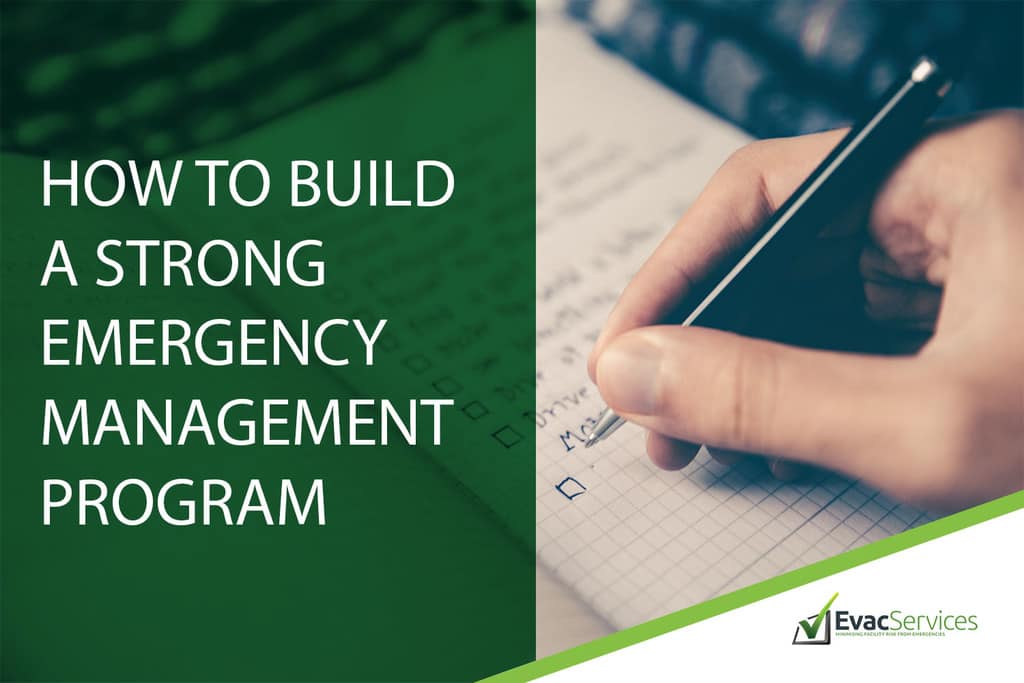
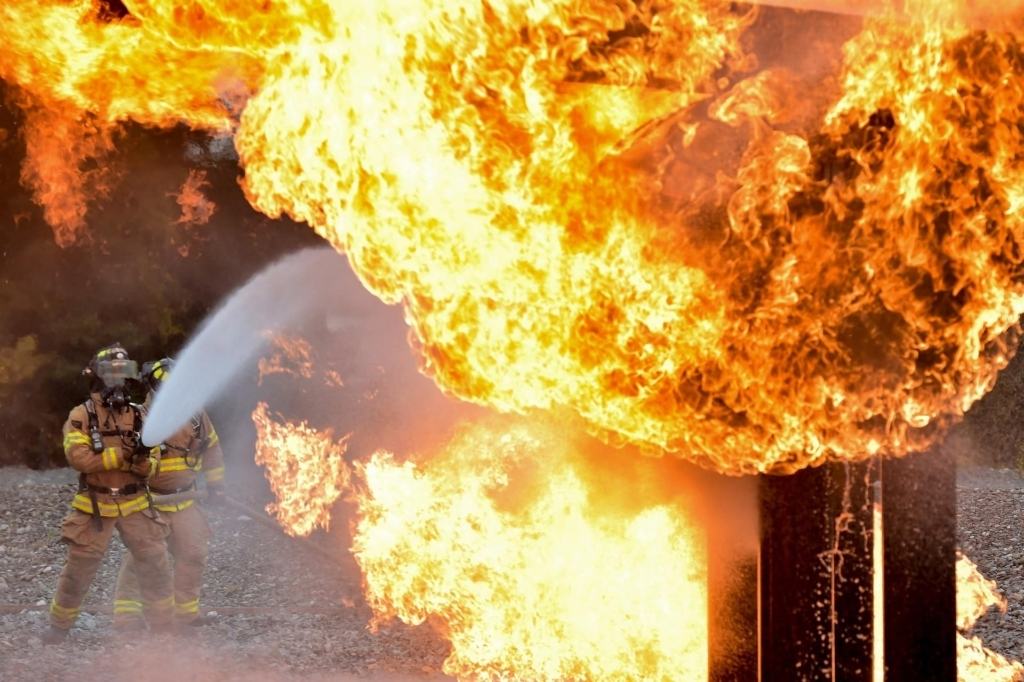

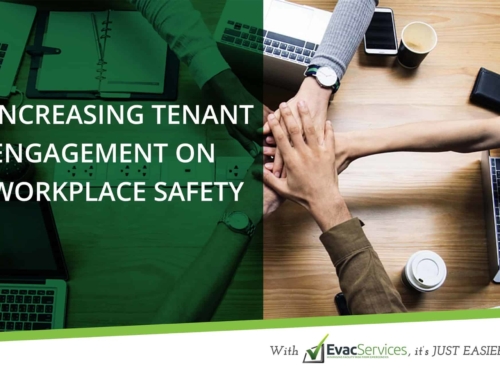
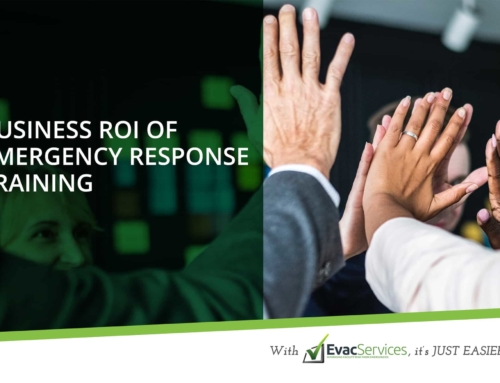
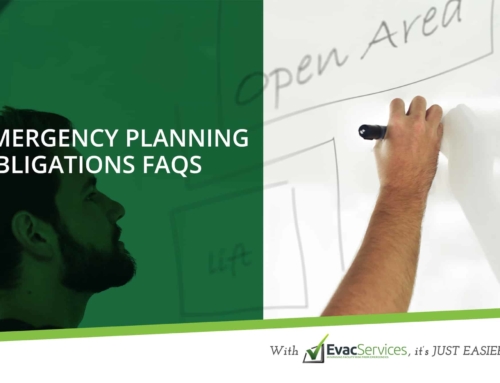
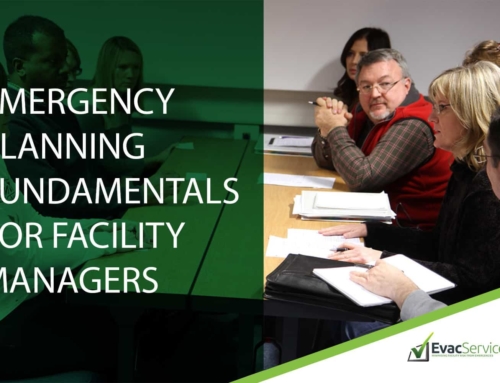
Leave A Comment